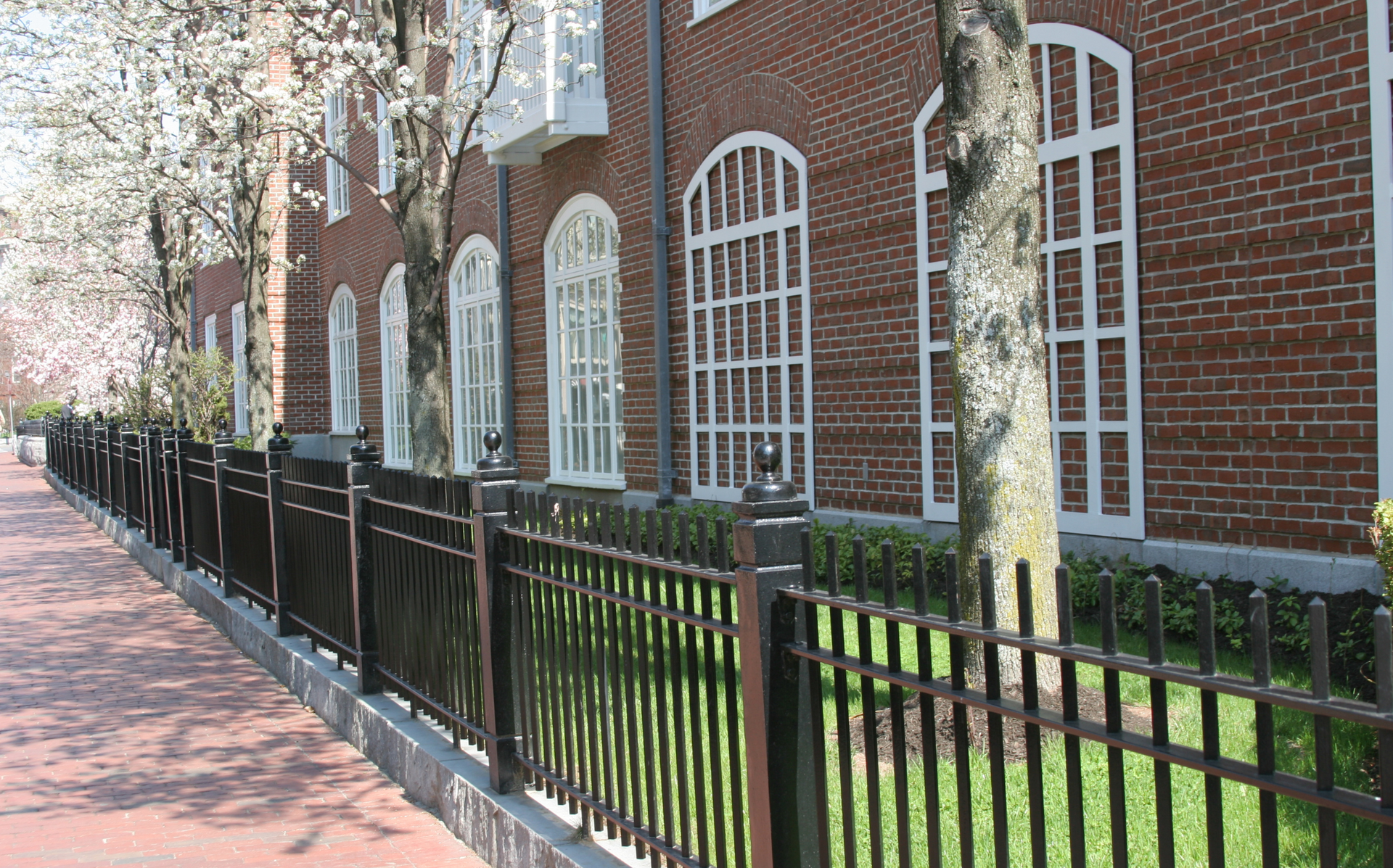When To Start Looking for Housing Near USC: Your Complete Guide to Timing, Tips, and Availability

When it comes to housing near USC, timing is everything. Each year, thousands of new and returning students compete for a limited number of rooms both on and off campus. Because housing around the University of Southern California is situated in one of Los Angeles’s most desirable and fast-moving rental markets, understanding the demand cycle can make all the difference between securing your preferred apartment and settling for whatever is left.
The reason USC housing fills up so quickly comes down to a combination of popularity, convenience, and limited availability. Freshmen, transfer students, and graduate students alike want to live close to campus to minimize commutes and stay connected to university life. With such a dense student population, on-campus residence halls and university-affiliated apartments often reach capacity soon after the housing portal opens each February. Meanwhile, off-campus housing near the University of Southern California—in neighborhoods like University Park, West Adams, and Exposition Park—experiences similar surges in demand. Many landlords and property managers cater specifically to students, which means rental listings can disappear within days once leasing season begins.
The application date plays a pivotal role in determining where you’ll live and what type of housing you’ll be offered. According to USC Housing Services, assignments are made on a first-come, first-served basis, so submitting your application early significantly improves your chances of receiving one of your top choices in terms of building, room type, or special-interest community. For incoming freshmen, this means applying as soon as they receive admission and the housing portal opens in early February. Waiting too long can result in fewer options, higher rent prices, or the need to explore off-campus apartments near USC much farther from campus.
Understanding this pattern—and acting early—sets the foundation for a smoother, less stressful experience when looking for housing near USC.
When To Start Looking for Housing Near USC
Knowing exactly when to start looking for housing near USC can save students from the stress of last-minute scrambles and limited availability. The timing depends largely on whether you plan to live on campus or in an off-campus apartment, but one thing remains consistent—starting early is key.
For students who plan to live in USC housing, the university’s timeline is clearly structured and emphasizes the importance of early action. The housing application portal for the 2025–2026 academic year opens on February 1, and this marks the official start of the housing season for newly admitted students. Those who apply by May 1 are guaranteed a housing assignment and are also eligible for special-interest communities and roommate matching. Freshmen are encouraged to apply as soon as they receive their admission offer, while transfer students typically apply once they are admitted, ideally before July 1. Graduate students follow a similar pattern, applying after they have confirmed their admission and registered on the housing portal. Because housing is assigned on a first-come, first-served basis, applying early ensures that students are more likely to receive their preferred building, room type, or location.
The off-campus housing timeline operates differently but follows the same logic of starting well ahead of time. According to rental market insights from ForRent.com, students looking for apartments near USC or housing around the University of Southern California should begin their search six to nine months before they plan to move in. For those aiming to secure housing for the fall semester, this means beginning the search as early as the previous September or October. In some highly competitive student housing markets, desirable apartments can be leased nearly a year in advance.
Beginning your off-campus housing search near USC early allows you to explore different neighborhoods, compare prices, and schedule tours without rushing. It also gives you a better chance to find a lease that aligns with the academic calendar, especially since many student leases in Los Angeles begin in August. Waiting until late spring or summer can leave you with fewer choices and higher prices.
Ultimately, whether you plan to live in university-managed housing or an independent rental, the best time to begin house hunting near USC is as soon as your plans to attend are confirmed. Acting early gives you more control, more choices, and the peace of mind that comes with knowing your housing is secure long before classes begin.
How To Start House Hunting Near USC
Once you’ve decided to move off campus, understanding how to start house hunting near USC becomes the next critical step. The process is not only about finding a place that fits your budget but also about choosing a home that supports your lifestyle, study habits, and commute. Finding housing near USC requires a combination of planning, research, and organization, especially since many students begin their search months before the semester starts.
The first step in searching for housing near USC is to get familiar with your options. Students can choose between on-campus apartments, USC-managed properties, and privately owned rentals near the university. Exploring these housing options near USC early allows you to understand what’s available in different neighborhoods and price ranges. University Park and West Adams are popular choices among students because they offer a balance of proximity and affordability, while areas like Exposition Park provide convenient access to campus facilities. Researching online listings, university bulletin boards, and student housing platforms helps you form a clear picture of what to expect in terms of rent, amenities, and safety.
After gathering information, it’s time to narrow down your preferences. This stage is all about comparing and prioritizing your must-haves—whether it’s a private studio, a shared apartment, or a furnished unit. Reaching out to property managers or landlords early in your housing search near USC is crucial since many desirable units are leased quickly. It’s helpful to ask about lease terms, deposit requirements, and move-in timelines. Some properties are move-in ready, meaning you can sign later in the summer, while others require early commitments up to a year in advance. By communicating directly with leasing offices and scheduling property tours, you can make informed decisions before the peak rental season begins.
Finally, to stand out in a competitive housing market, students can benefit from preparing a renter’s resume. This document highlights your rental history, financial reliability, and contact information for references, making it easier for landlords to trust you as a tenant. Being organized, proactive, and transparent during this process not only increases your chances of securing a great apartment but also helps ensure a smoother transition when you start house hunting near USC. The earlier and more diligently you approach your search, the better your options will be once the academic year begins.
Housing Options and Availability Around USC
Understanding the housing options and availability near USC is essential for students who want to make informed decisions about where to live. The University of Southern California attracts students from around the world, creating constant demand for both university-managed housing and privately owned rentals in nearby neighborhoods. Because of this high demand, students must plan strategically—balancing convenience, cost, and community when deciding where to live.
On-campus housing near the University of Southern California provides convenience, security, and a strong sense of community. USC offers a variety of residence halls, suites, and apartments specifically designed to meet the needs of freshmen, transfer students, and graduate students. For first-year students, applying early is especially important. Those who submit their housing applications by May 1 are guaranteed placement and gain access to roommate matching and special-interest communities. These communities give students the opportunity to live with peers who share similar academic goals or interests, enhancing the first-year experience. Graduate students and continuing undergraduates also have access to campus-managed housing, though space is limited, and assignments depend on availability. USC’s on-campus housing timeline is highly structured, and missing application deadlines often means turning to the private rental market.
Off-campus apartments near USC offer more flexibility and independence. Many students choose to live in nearby neighborhoods such as University Park, West Adams, and Exposition Park, all of which are within walking or biking distance of campus. These areas feature a mix of historic homes, modern apartment complexes, and student-focused housing developments. The rental market here is competitive, with prices that reflect the convenience of living close to campus. Most leases begin in August to align with the start of the academic year, though the best apartments often become available months in advance.
Because housing availability near USC fluctuates based on demand and leasing season, students who start their search early—typically between late fall and early spring—have the greatest range of options. Waiting until summer can mean higher rents and fewer desirable locations. By understanding both USC’s internal housing system and the broader off-campus market, students can find housing that suits their lifestyle, budget, and academic goals. Whether choosing university-managed housing or exploring private rentals, preparation and timing are the keys to finding the right place to call home near USC.
Expert Tips for a Smooth USC Housing Search
For students searching for housing near USC, timing, preparation, and awareness of local rental trends are the key ingredients for success. The process can seem overwhelming at first, especially for those new to Los Angeles, but starting early and staying organized can make all the difference. Once you know that you’ll be attending the University of Southern California, it’s best to start looking for housing near USC immediately—well before the rush of summer applications begins.
One of the most effective steps you can take is to apply as soon as you’re admitted. USC Housing operates on a first-come, first-served basis, which means that earlier applicants enjoy priority placement and better chances of being assigned to their preferred buildings or programs. Waiting too long often means fewer options, longer commutes, or higher rental prices off campus. Even if you’re still deciding between on-campus and off-campus options, completing your housing application early ensures you have a safety net before exploring private rentals.
It’s also essential to pay close attention to leasing seasons in Los Angeles. The local rental market follows predictable cycles, with most leases starting in August or September to align with the academic year. However, high demand during these months can make finding quality apartments near USC more competitive. Students who begin their housing search in winter or early spring are more likely to find affordable options in desirable locations. If you’re planning to move into a privately owned rental, it’s smart to inquire months ahead to learn when landlords begin accepting applications.
Lastly, budget planning and coordination with roommates can save you from unnecessary stress later. Before signing a lease, factor in security deposits, utilities, parking, and internet costs to determine your realistic monthly expenses. If you plan to share an apartment, discuss expectations early—everything from rent splits to cleaning schedules. By combining early preparation, strategic timing, and open communication, students can transform the stressful process of searching for housing near USC into an exciting step toward independence and university life.
Conclusion
When it comes to housing near USC, preparation and timing make all the difference. Students who understand when to begin their housing search near USC have a clear advantage in securing the location, price, and comfort they want before the semester begins. The housing process in Los Angeles, especially around the University of Southern California, moves quickly. Those who apply or start looking early—whether in February for university housing or six to nine months ahead for off-campus rentals—are the ones who find the best deals and most desirable spaces.
Starting early isn’t just about getting a good apartment; it’s about reducing stress and setting yourself up for a smooth transition into college life. When you start looking for housing near USC as soon as you know your plans to attend, you give yourself time to compare neighborhoods, visit properties, and plan financially for deposits, utilities, and furniture. It also gives you a chance to find roommates who share your lifestyle and academic goals, making the experience more enjoyable and practical.
Ultimately, finding housing near USC should be viewed as part of your college preparation, not a last-minute task. The earlier you act, the more control you’ll have over where you live, how much you spend, and how well your new home supports your journey at one of the nation’s most dynamic universities.
FAQ’s:
When should I start looking for housing near USC?
It’s best to start looking for housing near USC 4 to 6 months before the semester begins. Many students begin their search in January or February for fall move-ins, as the most popular apartments and student housing options near USC fill up quickly. Early planning helps secure better locations, prices, and roommate matches.
How early do USC students usually sign leases for off-campus housing?
Most USC students sign their leases by March or April for the upcoming academic year. Landlords near the University of Southern California often begin accepting applications early in the spring semester, so starting your housing search sooner ensures more options and less stress later.
What factors should I consider when choosing housing near USC?
When choosing housing near USC, consider proximity to campus, safety of the neighborhood, rent prices, amenities, and transportation access. It’s also important to review lease terms carefully and confirm whether utilities, parking, and furnishings are included in the rental agreement.
Is on-campus or off-campus housing better at USC?
Both have advantages — on-campus housing offers convenience and a strong community, while off-campus housing provides more independence, flexibility, and variety in pricing. Upperclassmen and graduate students often prefer off-campus apartments or shared homes close to the USC campus.
What are the best neighborhoods to look for student housing near USC?
Popular neighborhoods for USC students include University Park, West Adams, Jefferson Park, and Downtown Los Angeles. These areas offer a mix of apartments, student housing complexes, and private rentals within walking or biking distance from the USC campus.










